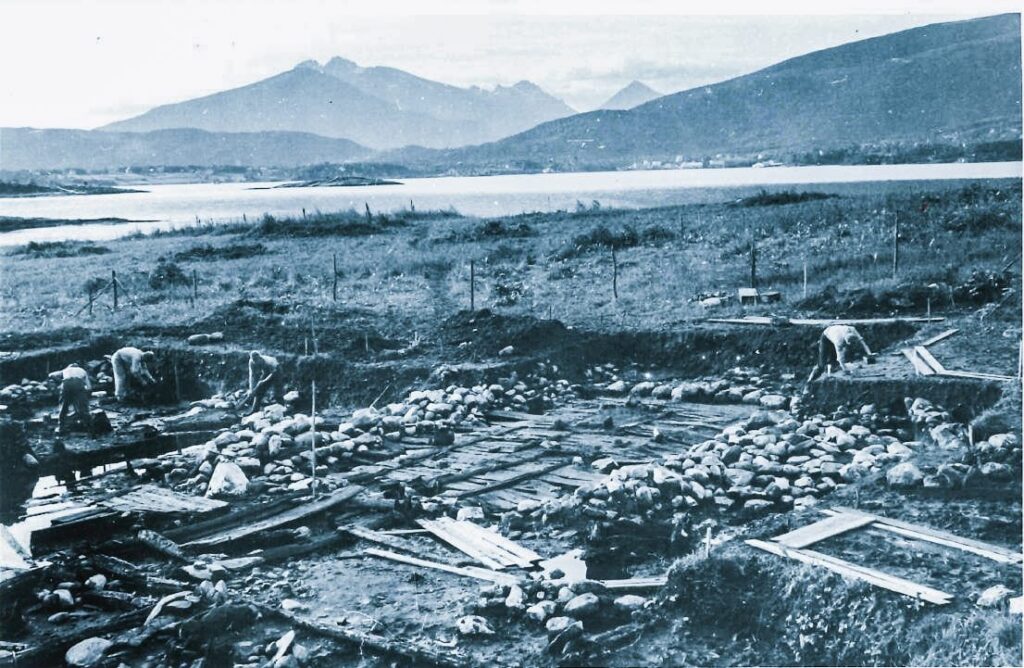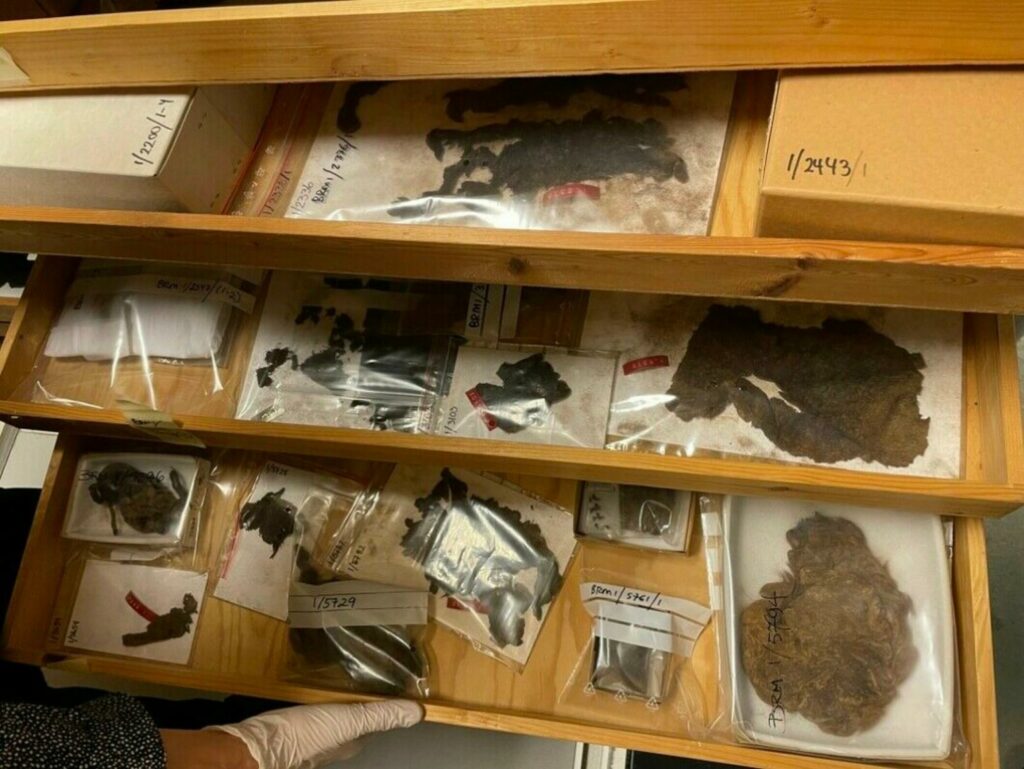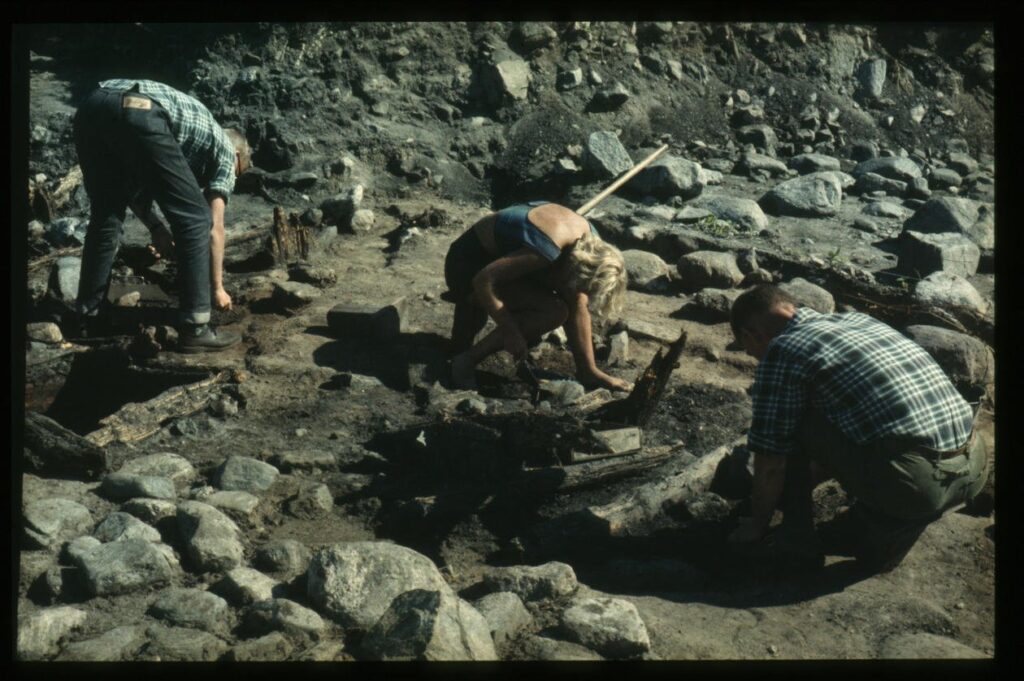In 1953, a parcel of land located close to the Borgund church on the west coast of Norway was going to be cleared, and a lot of debris ended up being discovered during the process. Fortunately, some people were able to identify the “debris” for what it actually was—items from the Norwegian Middle Ages.
An excavation was carried out the following summer. Archaeologists unearthed a large number of artifacts. The majority of them were put in a basement archive. After that, not much more transpired.

Now, some seven decades later, experts have begun the exhaustive work of analyzing the 45,000 objects that have been kept in storage for the purpose of gaining insight into a thousand-year-old Norwegian town with a shocking lack of historical knowledge.
Medieval Borgund is mentioned in a few written sources, where it is referred to as one of the “little towns” (smaa kapstader) in Norway.
Professor Gitte Hansen, an archaeologist at the University Museum of Bergen, recently gave an interview to Science Norway in which she discussed what researchers have discovered about Borgund thus far.
Danish archaeologist Gitte Hansen detailed that the construction of Borgund most likely took place at some point during the Viking Age.
The story of Borgund begins sometime in the 900s or 1000s. Fast forward a few hundred years and this was the largest town along the coast of Norway between Trondheim and Bergen. Activity in Borgund may have been at its most extensive in the 13th century. In 1349, the Black Death comes to Norway. Then the climate gets colder. Towards the end of the 14th century, the town of Borgund slowly disappeared from history. In the end, it disappeared completely and was forgotten.” – Science Norway reports.
Professor Hansen is currently researching the artifacts in collaboration with researchers from Germany, Finland, Iceland, and the United States. The project has previously received financial support from the Research Council of Norway and contributions from several other research institutions in Norway.
Researchers specializing in different areas, such as textiles and the old Norse language, have been brought together to form a team. Scientists are able to gain knowledge about the clothing worn during the Viking Age by analyzing textiles that were discovered in Borgund.
Shoe soles, pieces of cloth, slag (the by-product of smelting ores and used metals), and potsherds were among the priceless artifacts discovered by the archaeology team led by Asbjørn Herteig during excavations of the long-lost Viking village of Borgund.
According to Professor Hansen, these artifacts can tell a great deal about how Vikings lived on a day-to-day basis. A significant number of the Viking artifacts are still well-preserved and may be scrutinized in great detail. The basement may contain as many as 250 separate pieces of clothing and other textiles.

“A Borgund garment from the Viking Age can be made up of as many as eight different textiles,” Professor Hansen explained.
According to Science Norway, in the remains of Borgund down in the basement under the museum in Bergen, researchers are now discovering ceramics from almost all of Europe. “We see a lot of English, German and French tableware,” Hansen says.
People who lived in Borgund may have been in Lübeck, Paris, and London. From here they may have brought back art, music, and perhaps inspiration for costumes. The town of Borgund was probably at its richest in the 13th century.
“Pots and tableware made of ceramic and soapstone from Borgund are such exciting finds that we have a research fellow in the process of specializing only in this,” Hansen says. “We hope to learn something about eating habits and dining etiquette here on the outskirts of Europe by looking at how people made and served food and drink.”
The study of the Borgund artifacts have already produced results and Professor Hanse says “there are many indications that people here had direct or indirect contact with people across large parts of Europe.”
In addition, researchers have found evidence that inhabitants of the Viking village of Borgund enjoyed eating fish. For the people of Borgund, fishing was essential.
It is still unknown, though, whether they transported fish to the German Hanseatic League in Bergen or exchanged fish with other regions of Norway and Europe.
Scientists found “a lot of fishing gear. This suggests that people in Borgund themselves may have fished a lot. A rich cod fishery in the Borgundfjord may have been very important for them,” Hansen says.

We might infer from the ironwork remnants that the forgotten town in Western Norway had a strong foundation. Perhaps blacksmiths played a particularly significant role in this town?
And why exactly did Asbjørn Herteig and his associates discover a significant amount of waste materials from shoemakers? Up to 340 shoe fragments can provide information on shoe style and the preferred types of leather used for shoes throughout the Viking Age.
Our knowledge of Borgund from the historians’ written sources is rather limited. Because of this, the role of archaeologists and other researchers in this specific project is crucial.
There is, however, one significant historical source. It is a royal decree from 1384 which obliges the farmers of Sunnmøre to buy their goods in the market town of Borgund (kaupstaden Borgund).
“This is how we know that Borgund was considered a town at the time,” Professor Hansen says. “This order can also be interpreted as Borgund struggling to keep going as a trading place in the years after the Black Death in the middle of the 14th century.” And then the city was forgotten.























